Heater cartridges are essential components in 3D printers. They make sure that the hot end gets up to the right temperature. Without one, a hot end would not get hot enough for filament to melt.
If you want to upgrade a hot end heater cartridge, replace a broken one, or if you are building a 3D printer from scratch, you might have some questions. Perhaps you are wondering which heater cartridge is best. Should you just get the most powerful one? And is there a difference between 12V and 24V cartridges?
In this article, I will answer all your questions and teach you everything you need to know. At the end, you will be able to pick a heater that lets you print the plastics you want and that minimizes the risk of something going wrong.
What is a Heater Cartridge?
A heater cartridge (or cartridge heater, same difference) is a tube-shaped resistive heating element. Its function is to convert electric current into heat. In 3D printers we use heater cartridges to melt plastic filament in the hotend.
How Do Heater Cartridges Work?
Heater cartridges produce heat when an electric current passes through them. They are essentially big resistors, conveniently shaped to be installed in industrial equipment and, in our case, 3D printers.
On a more microscopic level, when electricity in the form of electrons move through the resistor, they bump into its structure. As they do this, they lose some of their energy in the form of heat.
The higher the resistance of the resistor, the harder it is for electrons to get through. On the other hand, if there are a lot of clean paths for the electrons to pass through, the resistance is low.
Cartridge heaters don’t have a brain, and to heat them to a specific temperature they are controlled by other electronics. This is one of the things that a 3D printer controller board is responsible for. It switches the power to the heater on and off as required.
Getting Some of the Technical Stuff Out of the Way
Before looking at how many Watts of power a hot end heater cartridge needs to have, it is helpful to look at where that number comes from. This stuff is all a bit technical, but I have kept it as simple as possible.
The amount of heating power (P) a resistor gives depends on two factors: the current (I) passing through it and its resistance (R). The formula for the heating power is P = I2R, which is also known as Joule’s first law.
Current (I) can also be calculated using voltage (V) and resistance (R), with the formula I = V/R. Because of this, we can also write Joule’s first law as P = (V/R)2, which can be simplified to P = V2/R.
What is important to remember from this is that the power of the heater cartridge depends on the voltage of the power supply and the resistance of the heater cartridge itself.
How Much Power Does Your Hot End Heater Cartridge Need to Have?
When buying a heater cartridge for your 3D printer hotend, you are likely to be confronted with a wide range of options. Not only do heater cartridges come in a variety of wattages, but they also have a voltage rating attached to them.
Typical wattages you will find for hot end heater cartridges are 25W, 30W, 40W and 50W. But you can find them as low as 20W and as high as 60W and even 80W for a SuperVolcano hot end.
Their labeled voltages are nearly always 12V and 24V, because those are the voltages that typical 3D printers run on.
Comparing the Options
The various wattages of hotend heaters all have their own advantages and disadvantages. So it is a good idea to compare them and see what each brings to the table.
20W and Less
Heater cartridges of 20W or less are not very strong and tend to be a bit underpowered for 3D printing purposes. In my experience, they work in some conditions, but not all.
For example, if you have a fan blowing over the hotend to cool the recently extruded plastic, the printer will have trouble keeping the hotend at the right temperature. The same thing happens when printing at a high flow rate. The heater is simply not capable of producing enough heat.
30W
30W cartridge heaters seem to be the de facto standard lately, and for good reasons. They have an excellent balance between performance and safety.
With a heater cartridge of 30W, a hotend can typically get up to around 300°C (572°F). This is more than enough to print standard plastics.
Unless you plan to print high temperature materials like PEI and PEEK, this is sufficient. Even if you intend to use something like a Volcano hotend that extrudes a lot of plastic.
If you do need higher temperatures, you can always use a 30W heater with an insulating silicone sock around the hotend. In this configuration hotends can reach up to about 420°C (788°F).
In terms of safety, a 30W heater cartridge does not come with any risks. In the event of a thermal runaway situation it maxes out at about 300°C (572°F), or 420°C (788°F) with a silicone sock. While this is likely to break the hotend thermistor, it is not going to cause anything worse.
40W
40W heater cartridges come with more danger. If they get stuck powered on, it is possible for them to reach temperatures high enough to melt the aluminum hotend. Additionally, the filament and 3D printer can catch fire.
3D printers often have firmware protection against these situations, but these are not able to prevent hardware failures. An example is the MOSFET that controls the heater malfunctioning and staying open. This will cause the heater to be continuously powered and overheat.
The main benefit of 40W heater cartridges is that you can use them to 3D print literally any thermoplastic. If they can get hot enough to melt aluminum, no thermoplastic is going to be a challenge.
A secondary benefit is that they heat up faster than a 30W cartridge. But it is not a big difference and you might still have to wait for the heated bed to get up to temperature anyway.
In my opinion, 40W heater cartridges don’t provide enough benefits for their risk and aren’t really necessary outside of extreme use cases. There is a reason that even high-performance hot ends like the E3D Volcano come with a 30W heater by default.
50W+
If 40W is nearly always overkill, then you can probably already guess what the verdict on 50W+ heater cartridges is. There just isn’t any need for them in 99%+ of 3D printers.
40W is already enough to melt aluminum hot ends, so 50W does not let you print any additional plastics. The only benefit is a shorter warm-up time.
Something that I did not touch on yet is that with more powerful heaters you get less stable temperatures. Even after tuning, the PID system that regulates the temperature often can’t handle the swings. This leads to a fluctuating nozzle temperature that can affect print quality and sometimes even cause nozzle jams.
50W+ heaters come with the same or higher fire risks as 40W heaters. Unless you really know what you are doing and have specific needs that require such a heater cartridge, I recommend staying away from them.
In summary
Pros and Cons of 40W+ Hot End Heater Cartridges
Pros
- Higher maximum temperature that is only relevant to specialty thermoplastics.
- Reach the desired temperature faster.
- Can deal better with powerful cooling fans.
Cons
- Higher risk of fire when the 3D printer malfunctions.
- Nozzle temperature tends to be less stable.
- Need for additional components (thermal fuse) to keep things safe.
Pros and Cons of Lower Wattage (≤ 30W) Heater Cartridges
Pros
- More stable nozzle temperatures.
- No risk of the hotend catching fire due to a software bug or hardware malfunction.
- No need for extra components to guarantee safety.
Cons
- Lower maximum temperature (but still enough for the majority of plastics). *
- Slower in getting up to temperature. *
- Can have difficulty keeping consistent temperatures with strong part cooling fans. *
*All of these issues can be improved by using a silicone sock on the hotend. As an added benefit, silicone socks also prevent burnt plastic from collecting on the nozzle.
Things to Check When Upgrading or Replacing a Heater Cartridge
When upgrading or replacing a hot end heater cartridge, it is essential to keep some things in mind. You can’t simply swap the heater out and call it a day.
- Calculate how many amps the heater cartridge draws and check whether the heater MOSFET on the 3D printer controller board is rated for that load.
- Check whether the power supply can handle the increased load. This is usually not a problem, as upgrading a heater typically only adds about 10W.
- Make sure that you have enabled firmware thermal runaway protection. If necessary, implement some form of hardware thermal protection, like a thermal fuse.
- If you plan on printing at higher temperatures, you might need a more powerful fan to keep the hot end heatsink cool.
- Re-do the PID tuning sequence for your 3D printer. To get accurate temperatures with the new heater cartridge, it is important to recalibrate the parameters of the proportional-integral-derivative control algorithm.
- Always crimp the heater wires. Don’t tighten loose wire strands down in the screw terminals. This is another risk of fire that is often overlooked. Any ferrule crimping tool will do fine. This is the one I use.
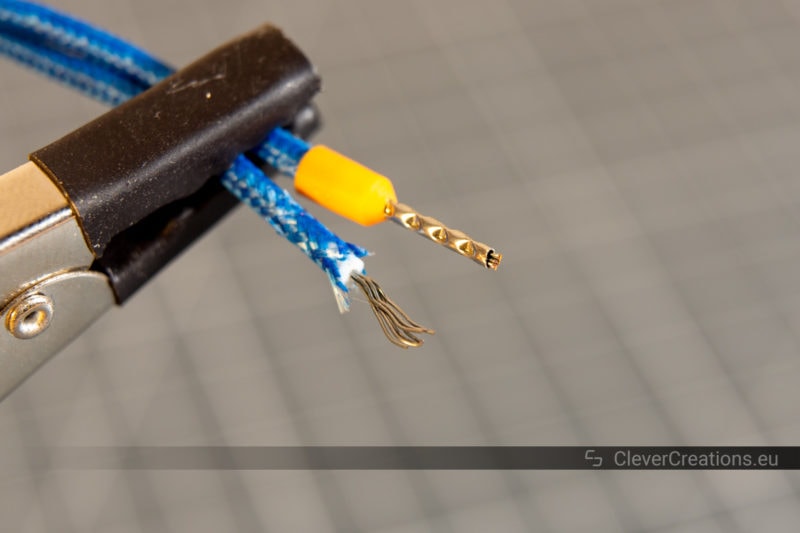
What Happens When You Use a Hot End Heater Cartridge With the ‘Wrong’ Wattage?
If a hotend heater cartridge has a non-optimal amount of heating power, one of two things will happen:
When the heater is underpowered, it will have trouble getting up to or staying at the right temperature.
When the heater is overpowered, it can have trouble maintaining stable temperatures and it comes with an increased risk of fire.
The ‘right’ heater would be one that at maximum power heats up the hotend just above the maximum temperature you print at. This lets you print anything you want and minimizes the risk of fire if something fails.
What is the Difference Between 12V and 24V Heater Cartridges?
Looking at the numbers, 12V 30W and 24V 30W heater cartridges might seem similar. They have the same wattage and you can be excused for thinking that using a 12V 30W cartridge with a 24V power supply would just cause it to heat up faster. But this is not the case.
Remember that the formula that defines the output power of a heating element is P = V2/R, where P is the heat output in Watts, V is the voltage across the resistor in Volts and R is the value of the resistor in Ohms.
On a 12V 30W heater, this gives a resistance of 30 = 122/R, or R = 4.8 Ω.
On a 24V 30W heater, however, we get 30 = 242/R, or R = 19.2 Ω.
These are very different resistances! In order for both heaters to produce the same heat, the 24V version has a significantly higher resistance.
Keep in mind that the voltage (V) of our power supply is fixed, so if we want to get a specific amount of heating power we must pick a cartridge heater with the right resistance.
So What Happens if a Heater Cartridge is Used With the Wrong Voltage?
Using the above example and formula, we can calculate exactly what happens when we connect a 12V 30W heater (with >4.8 Ω resistance) to a 24V power supply.
P = V2/R = 242/4.8 = 120W
Yikes! That’s four times more power than we want. Putting that much power through the heater will definitely destroy it, and maybe the MOSFET and power supply along with it.
On the other hand, hooking a 24V heater cartridge up to a 12V power supply will have the opposite effect: it will run at only 1/4 of the power. P = 122/19.2 = 7.5W. That’s not going to get you anywhere.
| 12V PSU | 24V PSU | |
|---|---|---|
| 12V 30W Heater | 30W | 120W |
| 24V 30W Heater | 7.5W | 30W |
In short, always use a hot end heater cartridge with the voltage that it is rated for. Otherwise you will have unexpected and possibly disastrous results. Double-checking the resistance of the heater with a multimeter before installation is always a good idea.
Can’t You Just Use PWM on a 12V Cartridge in a 24V 3D Printer?
Yes, it is possible to use a 12V cartridge in a 24V 3D printer and use Pulse Width Modulation to drive it at less power. PWM switches the power on and off really fast at a certain ratio to get an average voltage. In this situation it can create some problems, however.
The first issue is that when you use PWM, you are still driving a lot of amps through the electronics 20-25% of the time. This puts a lot of strain on the MOSFET and power supply, shortening their lifespan.
The second thing is that in case of a MOSFET failure (or firmware problem) when the heater is on, the heater gets stuck at maximum power. At 120W or more, that has the potential to create a lot of damage.
The safe option is to always match the voltage of the hot end cartridge heater to the power supply. It’s really not worth the risk to do otherwise.
How Can You Tell What Voltage or Wattage a Heater Cartridge is Rated For?
A simple way to check the wattage of a hotend heater is to measure its resistance. After all, that is the property that (in combination with the PSU voltage) defines the heating power.
Typical resistance values are:
- 12V 20W -> ~ 7.2 Ω
- 12V 30W -> ~ 4.8 Ω
- 12V 40W -> ~ 3.6 Ω
- 24V 20W -> ~ 28.8 Ω
- 24V 30W -> ~ 19.2 Ω
- 24V 40W -> ~ 14.4 Ω
Heater cartridges aren’t always manufactured with the highest precision, so you’ll likely find a resistance that is close but not exactly the same as one of the above values.
Sometimes, you can find an inscription with the power/voltage rating on the metal casing of the heater. But it’s always a good idea to manually verify the resistance of the heater with a multimeter before installing it in a hotend.
What Diameter Cartridge Should You Use?
The diameter of the heater cartridge should be the same as the hole you mount it in. Larger and it obviously won’t fit. But significantly smaller than the hole is not good either, because then there will not be enough surface contact with the heater block for sufficient heat transfer.
For instance, a 6 mm cartridge might seem like it would work when mounted in an 1/4″ (6.35 mm) hole, but there will be a large section of the cartridge that does not make contact with the hotend.

I find that a digital caliper works best for these kinds of measurements.
Most cartridges, like those from E3D and the ones for the Creality CR-10 and Ender 3 are 6 mm in diameter and 20 mm long.
Conclusion
That’s about it. All you need to know about heater cartridges for your 3D printer hot end. To recap:
- It is essential to use a heater that is rated for a voltage that is the same as the power supply output. This is typically 12V or 24V.
- For safety, don’t use a heater with more power than you need. For most uses, a 30W cartridge is more than enough. If it is not, you are better off adding an insulating silicone sock first, before you try upgrading.
- Make sure that the cartridge has the same diameter as the cavity in the heater block to get optimal heat transfer.
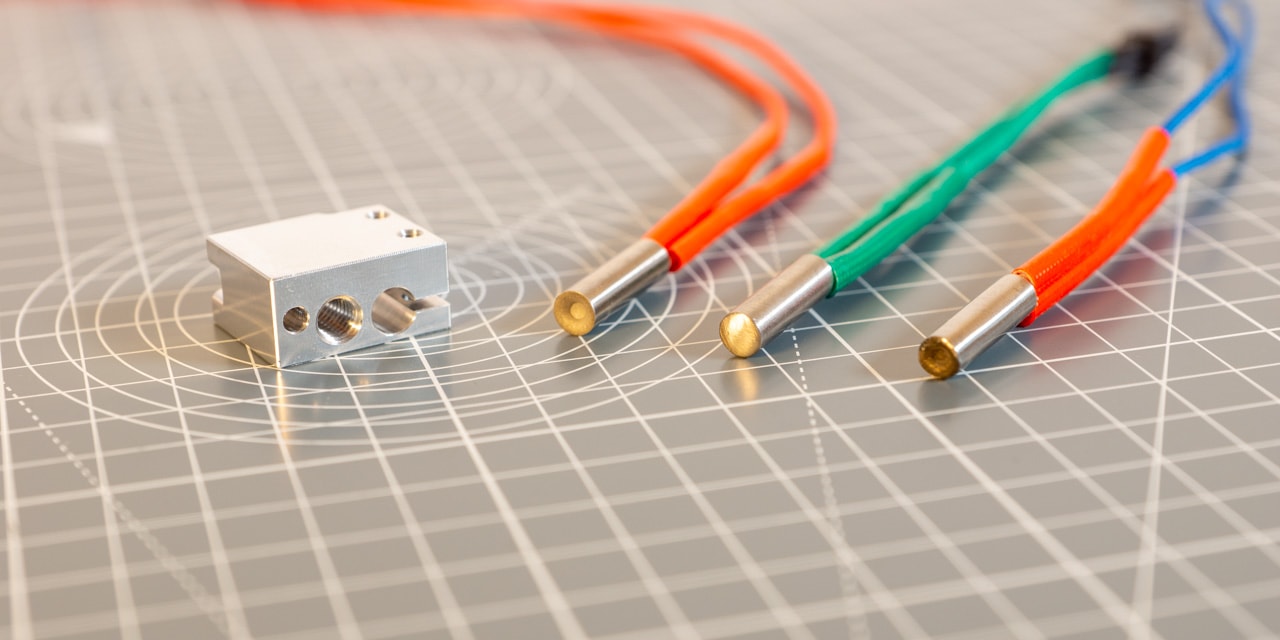


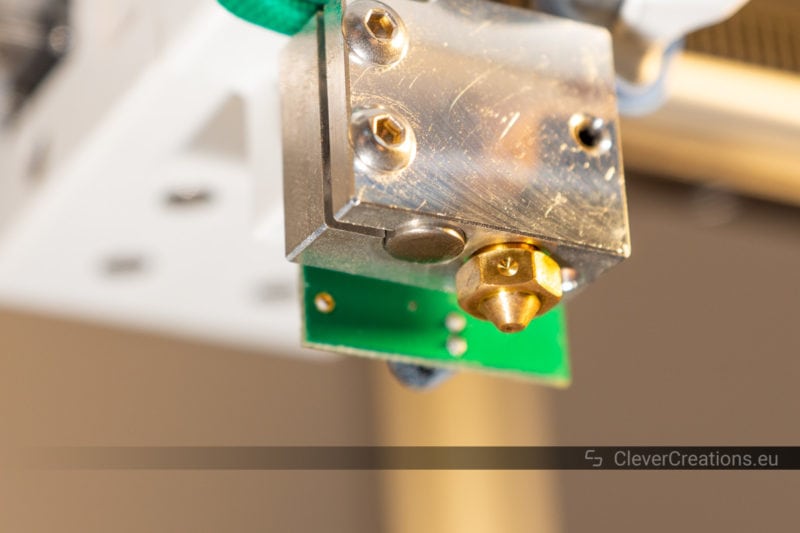



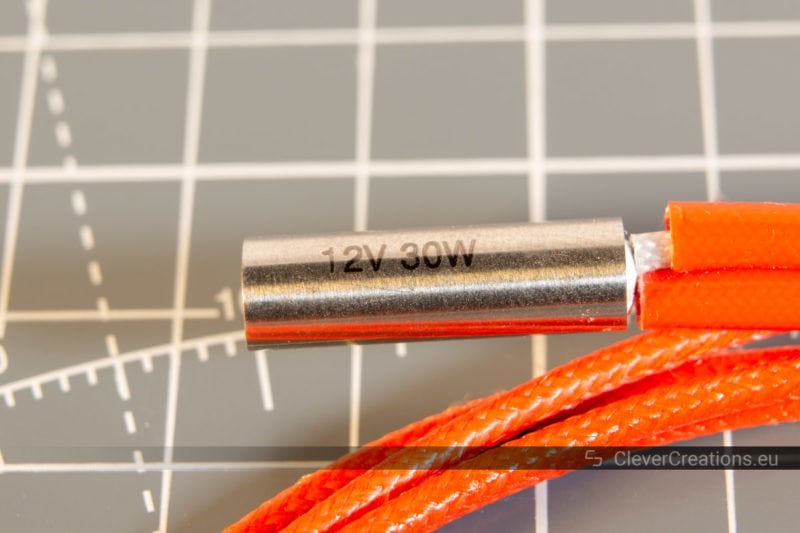



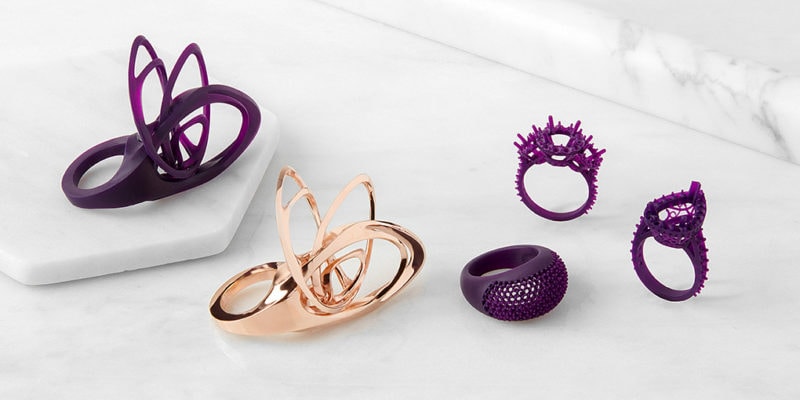
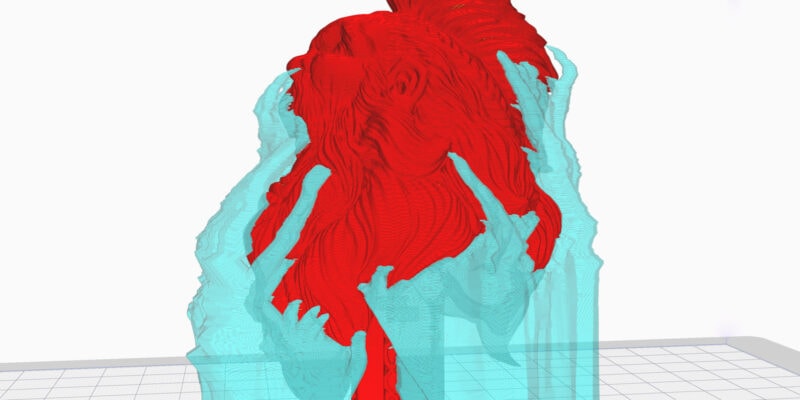
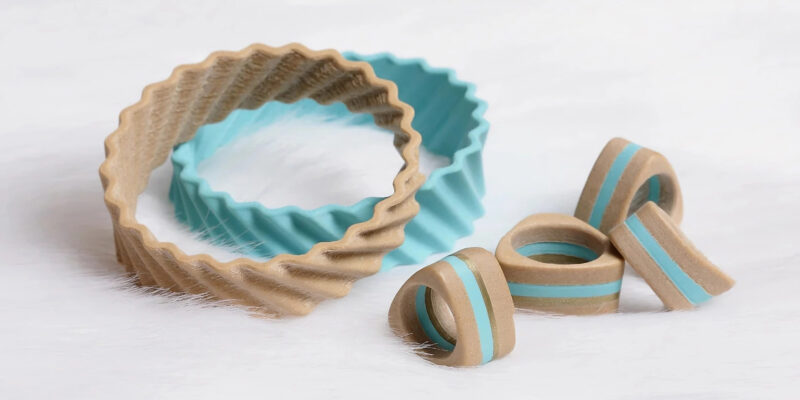

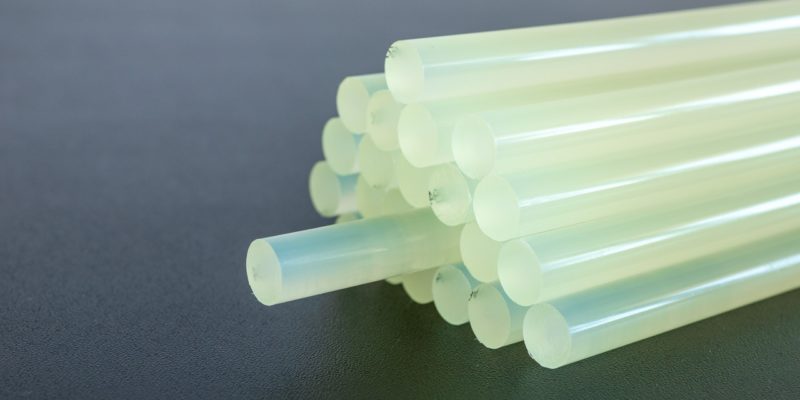
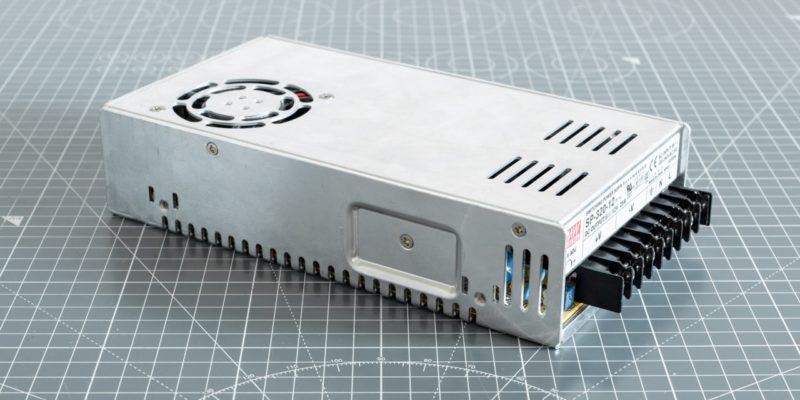
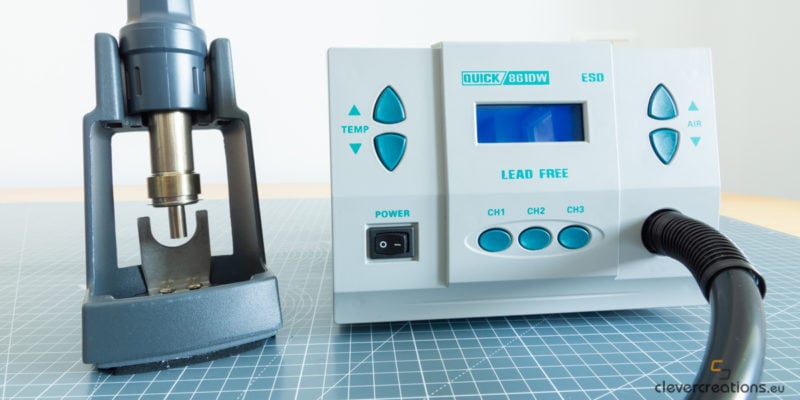
This is a great writeup. Thanks. Did you ever write about using thermal fuses on 40w heaters?
Very informative and well written. I can honestly say it has taught me everything I needed to know about heater cartridges.
I am in the middle of replacing the heater block on a Makerbot Replicator 2X. I discovered that the 2X heater cartridge is larger than the hole for a generic MK8 heater block. It is exactly as you have stated. 1/4 inch hole (6.35mm Makerbot Cartridge) and won’t fit in the generic 6mm hole.
Hi Glenn,
That sounds familiar! I also have a couple of Makerbot’s 6.35mm heater cartridges lying around that won’t fit in anything else.
Tim,
Thanks for the simplified explanation – or simplified as much as it can be. One of the statements you make is:
• Calculate how many amps the heater cartridge draws and check whether the heater MOSFET on the 3D printer controller board is rated for that load.
This is for a Mindga printer I am trying to upgrade – even if I could get the people at Mingda to completely read my emails, I am not certain they would be able to tell me anything helpful regarding the controller board.
What I would like to do, as the printer was originally fitted with a 50W heater, is drop it to a 30W heater. I am unclear if I can just drop down on the heater wattage or if I need to calculate something.
The printer for which I am looking to add a new heater cartridge is a 24V Mingda Rock 3 Pro . The stock heater cartridge is 6mm x 16mm – there does not seem to be a lot of 16mm length heater cartridges available, can I use, say, a 20mm?
Thank you again for the great piece.
Jim Kennedy
Hi Jim,
There is no need to calculate anything when switching to a less powerful heater cartridge of the same voltage. The electronics will be able to handle it.
With regard to the longer cartridge, it is fine as long as the extra length does not interfere with anything surrounding the heater block.
Keep in mind that when switching from a 50W to a 30W cartridge, you will spend significantly more time waiting for the hotend to get up to temperature. I am unfamiliar with the specific configuration of the Mingda Rock 3 Pro, but depending on the heater block size and part cooling fans, it might also be possible that with a 30W cartridge it won’t reach the temperatures required for higher-temperature filaments.
Let me know how it goes. 🙂
Great article, thanks:)
A minor fix:
You write “Because of this, we can also write Joule’s first law as P = (V/R)2, which can be simplified to P = V2/R.” – there’s a missing I from the first formula, i.e. it should be P = (V/R)^2 * I
Tim I have an idex printer sv04. I have E0 heating extremely slowly E1 heating extremely quickly with overshoot. Cartridges are same 24v 40w thermistor same voltage at24v from psu I have replaced all wires, the psu PID tuned checked firmware all seems good but no matter what I do E0 heats slowly and times out E1 heats lightning fast and overshoots by 30C. I am out of options and have been testing and asking questions on forums, no one knows the answer.
Did you swap the cables of E0 and E1 to see if it is a hardware or firmware issue? If E0 heats up slowly when connected to the E1 output, you’ll know it’s something with the E0 heater. Checking with a different 3D printer controller board will help narrow it down as well.